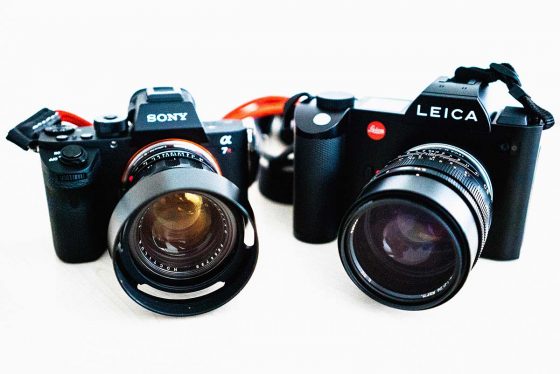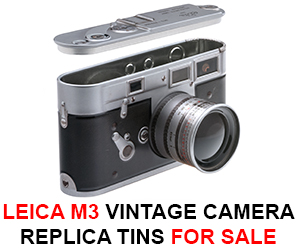Confession of a Leica M Shooter: A Narrative of how a brief flirtation with the Sony A7rII convinced me to accept the Leica SL
This article is by Horatio Tan (Website | Instagram | Facebook). It is written as a parody of a Leica M photographer’s conflicted journey to accepting and getting the Leica SL. Check out his other articles, also available on his website.
I wasn’t going to get the Leica SL. I was very disappointed when Leica first introduced it. In fact, I was downright offended. I am a loyal Leica M-body photographer. And like all loyal M-body photographer, I am waiting for Leica to introduce the next generation M-body with a working electronic viewfinder (and not that excuse of a time-lagged external EVF/LCD monitor of the M240 body). So you could imagine my surprise when Leica decided to forsake their core M-body customer by introducing the SL – just for the sake of expanding their customer base. I felt so hurt… so abandoned. I wanted nothing to do with the SL.
It might not be immediately clear, but we Leica M-body photographers are a passionate bunch. We’re not going to bail on the Leica M, just because Leica put all their love into a different autofocus lens mount abomination. We are the followers of Oskar Barnack and Henri Cartier-Bresson. We don’t take flight just because of new technology. We are photographic purists, unwavering from the original design that made Leica what it is today.
I love the Leica M-body. I know I do, because I am a natural light photographer*. I am obsessed with shooting optimally when there isn’t enough available light to take a proper photograph. It is precisely for this reason that I found my way to Leica many years ago, when researching fast lenses. It was on Google that I first laid eyes on the Leica 50mm f/0.95 Noctilux.
Thus began my love affair with the Leica M System.
I don’t think I’m exaggerating when I speak of love. Getting my Leica M9 and Noctilux, it was love at first sight. It must have been love. The feeling I had for it was so intense that it led to weeks on weeks of hate and regret for switching ill-advisedly to a rangefinder – all for the sake of gaining a stop or two. Ah, but can love truly be love without great suffering? It was the pain of a million heartaches from many missed shots and out of focus images that hurt me so.
It was only when I finally bonded to the rangefinder process did I truly experience the rapturous joy of getting that fabled Leica look. It made me weak at the knees. I didn’t care how much more inferior the rangefinder process was compared to a DSLR. My love for the Leica M system ultimately clouded my judgment with beautifully rendered bokeh.

Figure 1: The sharp focus and creamy bokeh of that unmistakable “Leica Look”.
But even great love can be strained.
That Leica look. It seduces you. Once you have tasted it, you can’t go back. So you indulge your Leica. You find ways to replicate that look. And you do that over and over again. But it’s not always easy, because your Leica is a prima donna. You focus in the middle of the screen, and then you reframe your camera for composition. And in that split second of shifting your camera position, you risk losing tack focus.
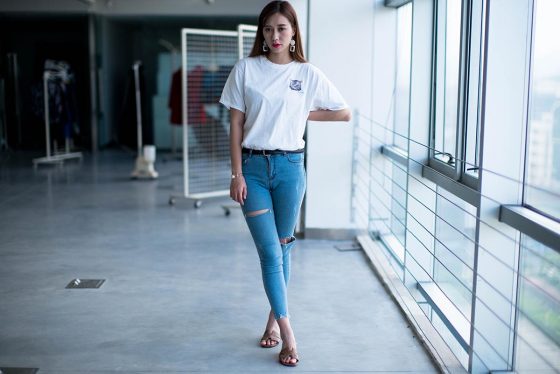
Figure 2: This isn’t actually a horrible example of missing focus from having to reframe for composition. But to get even this level of focus, I had to try a half dozen time.
Under ideal conditions, you don’t think about the hardship love presents, in focusing. It’s no big deal. It’s what you need to do to get that Leica look. So you accept it. But it’s easy to accept love when conditions are good. It’s only when things get bad is love ever tested.
And things can get bad quickly. The ambient light begins to dim. There isn’t enough light for you to make out any contrast or details to confirm focus in that little focusing window. And the subjects, they’re not standing still. You keep on focusing and reframing for composition, because your subject keeps on moving outside that wafer thin focal plane. The situation becomes untenable. You cannot confirm focus, so you begin to fire away, hoping that your true love will be kind to you.
But it never works out that way. An entire night of shooting, and not one image in tack focus. Your heart sinks. Your Leica and Noctilux was supposed to shine in the dark, but instead it failed to deliver. You feel that things aren’t working out.
I am ashamed to say this, but my love apparently wasn’t strong enough to overcome adversities. So my eyes, they invariably began to wander. They betrayed me as I begin to go online to look around. It was then I become acquainted with a new model that I had not seen before. I’m not proud of it. But it seemed all so innocent at first.
It was a Sony A7s MKII. It was something I couldn’t resist. I mean, how could I? It was lauded as the king of the night, given its extremely sensitive sensor for low light capture. And you know just how much I loved low light photography. So I gave in to temptation. However, it was only a brief flirtation. It was fun while it lasted. But it wasn’t for me. And so I went back to my Leica M System, hoping to put aside my moment of weakness.
For a while, life was back to normal. My Leica and I were inseparable. However, in those years after the Sony incident, I stopped using my Noctilux. It stopped giving me joy. In fact, I stopped shooting in color altogether, shooting exclusively with my Leica Monochrome bodies, stopped down on a 35mm Summicron.
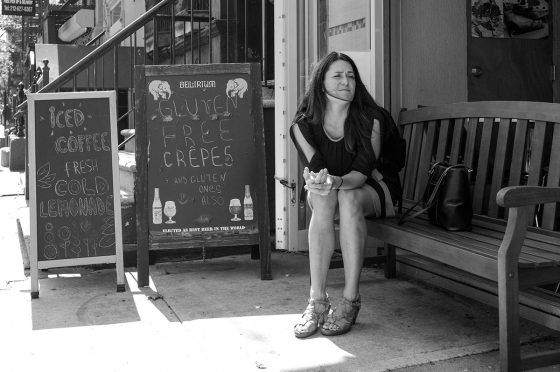
Figure 3: Zone focusing around the world. This one in New York, in Chelsea. 35mm Summicron stopped down on the Leica M246 Monochrome.
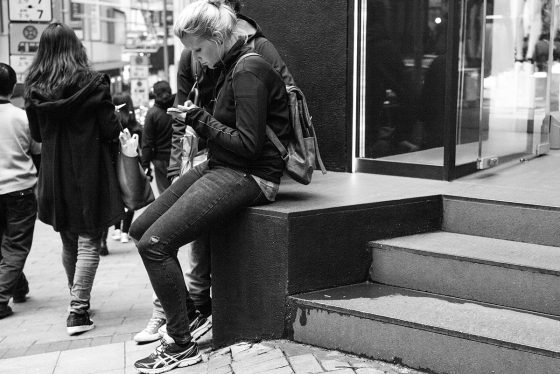
Figure 4: Zone focusing around the world. This one in Hong Kong, in Central. 35mm Summicron stopped down on the Leica M246 Monochrome.
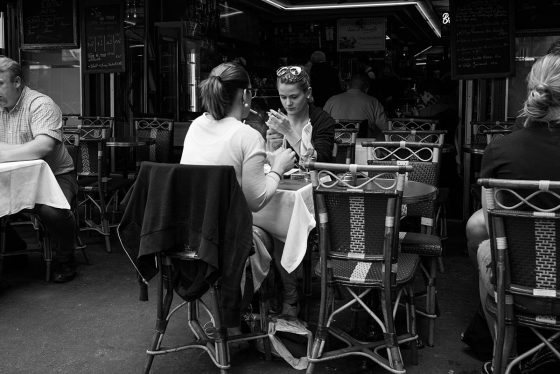
Figure 5: Zone focusing around the world. This one in Paris, off Place de Madeleine. 35mm Summicron stopped down on the Leica M246 Monochrome.
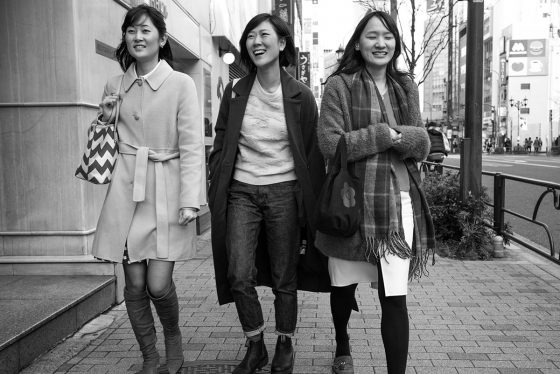
Figure 6: Zone focusing around the world. This one in Tokyo, in Roppangi. 35mm Summicron stopped down on the Leica M246 Monochrome.
But then temptation found its way back into my life. This time around, it was in the form of a Sony A7r MKII. Again, it all seemed so innocent. But I couldn’t believe how much better the Sony A7r was with the Noctilux in low light. It was amazing. I could focus peak, I could set my focus point, and I could magnify my focus. And because I can do that, I didn’t need to reframe after focusing for composition. I can press my shutter, once I’ve confirmed focus, and shoot continuously without any lag.
I really didn’t think that I was going to stray from rangefinder photography, after spending so much time perfecting the process. But I did. The Sony A7r EVF showed me how unsatisfied I was with the the M-body’s inferior focusing process. I did things with my Sony that I never could do with my Leica. It was very liberating. I was able to get focus with the Noctilux consistently, in low light situations. It made me feel like a photographer falling in love with photography all over again.

Figure 7: In a dimly lit bar in Williamsburg, Brooklyn. I couldn’t believe how easy it was to get focus on the Sony without having to reframe for composition.
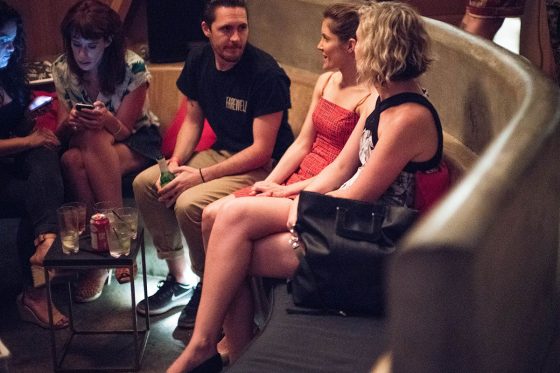
Figure 8: Also in the same dimly lit bar in Williamsburg, Brooklyn, standing a little further away from the subject, I really couldn’t believe how much easier it is to get focus without needing to reframe for composition.
But then, the summer romance began to wane, as reality started to settle back in. There were problems with the Sony A7r. I started to miss my shots. The camera settings would change, because I kept on accidentally brushing different buttons on the back of the camera – from the ISO, to the frame rate button (setting the camera to timer mode), to the movie record button. And the process of selecting the focusing point on the Sony – it was maddeningly counter intuitive.
Mind you, much of the friction was my own fault. I guess I was out of touch with the newer generation of mirrorless cameras and its contemporary interface. I really should have known better that the Sony A7r would require more of me to customize it. But being so used to the old school approach of a Leica M, finding the right customization took a steep learning curve of missed shots to figure out.
And learn I did, about the Sony A7r. The more I became familiar with it, the more critical and impatient I was with it. There were traits about the camera that I didn’t like.
For example, the Sony A7r cannot shoot continuous burst while in silent mode. And in addition, while still in silent mode, the A7r distorts images wildly when you pan the camera. I mean, what a tease? Offer us silent shooting and then hamstring us with limitations? Plus, there’s absolutely no tactile shooting feedback while in silent mode. Half the time, you don’t even know if you’ve actually taken a shot or not. It’s anyone’s guess.
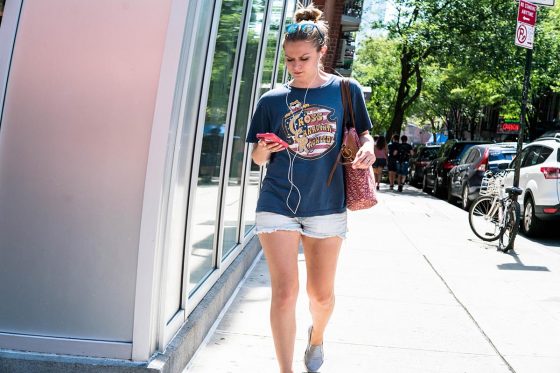
Figure 9: This never happens with the Leica M bodies. If you can’t do the photographer’s equivalent of a basketball player’s fade-away shot, then what good is the Sony for street photography?
With the Sony A7r, you always had to be on your best. You couldn’t slack off just a little with your shooting fundamentals. With the 42 megapixels resolution image sensor, you just had to be on your toes, all the time. Personally, I would shoot with the A7 MKII instead, but that earlier iteration did not come with a silent shooting mode, and a dedicated rear LCD and EVF selector customizable option – which was a deal breaker.
And did I mention that the Sony A7r MKII is not weather sealed like the Leica M240 and M246?
To be fair, it’s not like the Leica M-body cameras have the option of a silent mode. If the truth be told, I think that the Sony A7r MKII is better than the Leica M in almost every measurable way. Yet, I cannot commit myself to it. I’m just not satisfied with it. And I don’t know why. The thing is, it’s not the camera’s fault that I feel this way. It’s my fault.
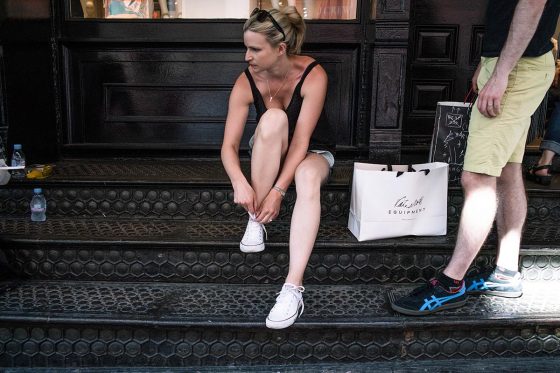
Figure 10: Zone focusing with the Sony A7r MKII. This one shot with the Leica 50mm f/1.2 Noctilux.
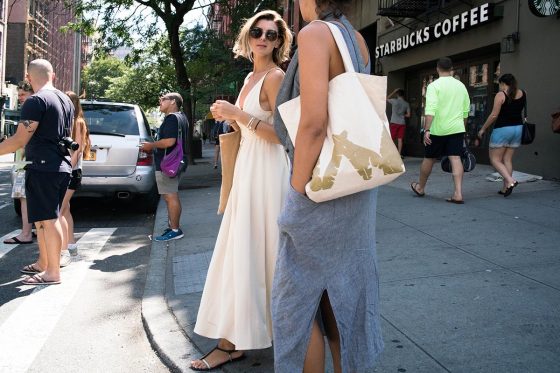
Figure 11: Zone focusing with the Sony A7r MKII. This one shot with the Leica 28mm f/1.4 Summilux.
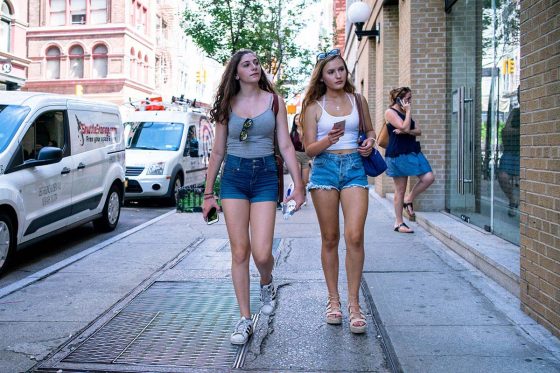
Figure 12: Zone focusing with the Sony A7r MKII. This one shot with the Leica 28mm f/1.4 Summilux.
It’s almost as if I want to end my relationship with the Sony A7r. Despite how amazing it made me feel in the way it performed with the Noctilux, I just wasn’t bonding with it. And having spent so much time with the Sony, it spoiled the Leica M-body experience for me. With the Sony, I’ve experienced better. How could I go back to rangefinder photography? A person cannot downgrade, once he’s found something better.
It was then I found my way to the Leica Store in SoHo – lost and adrift – where I gave the Leica SL a second chance with a first look. It was bigger than I wanted in a camera. How was I going to fit it into my little bag? But then it dawned on me that I wasn’t the same person who initially scoffed at the Leica SL. My perspective towards the Leica SL had matured, having had my fling with the Sony A7 mirrorless system. I thought, let’s give the SL a try. And so I adapted my Noctilux on the SL.
Immediately, I noticed something special about the Leica SL. It’s almost as if Leica has poured all its love into making the SL better. And although the focusing aid in peaking and magnification on the SL isn’t necessarily better than the Sony, the improved EVF makes the focusing experience so much better. Never in my life has focusing a Noctilux been this intuitive. In that one magical moment, I was transformed and converted. The SL is better than the M-bodies for focusing wide open. It was then I decided to get the Leica SL – rather impulsively. But isn’t new love always impulsive?
In truth, I know I was wrong to prejudge the Leica SL. And if it weren’t for the Sony A7r MKII, I wouldn’t have ever even given the SL a chance. Mind you, it’s still too early to tell if I would fall hopelessly and madly for the SL, but for now, I know that it’s the best camera out there for focusing the Noctilux, and probably all fast Leica lenses wide open. The EVF is better than the Sony, and its weather sealed.
Still, the Sony A7r MKII is more compact. It just makes me wish that the Leica SL is smaller and more compact. But then, no one would buy digital Leica M-body cameras anymore.
* Natural light photographer is a euphemism for lazy photographer who can’t be bothered to use a flash when the sun goes down.
I hope you liked the melodramatic version of my experience from Leica M to Sony A7r to finally getting the Leica SL. For more fun articles, please visit my website. And if you are thinking about getting the Leica SL, I will shortly begin to write about it on my site.
If you have an interesting idea for a guest post, you can contact me here.
